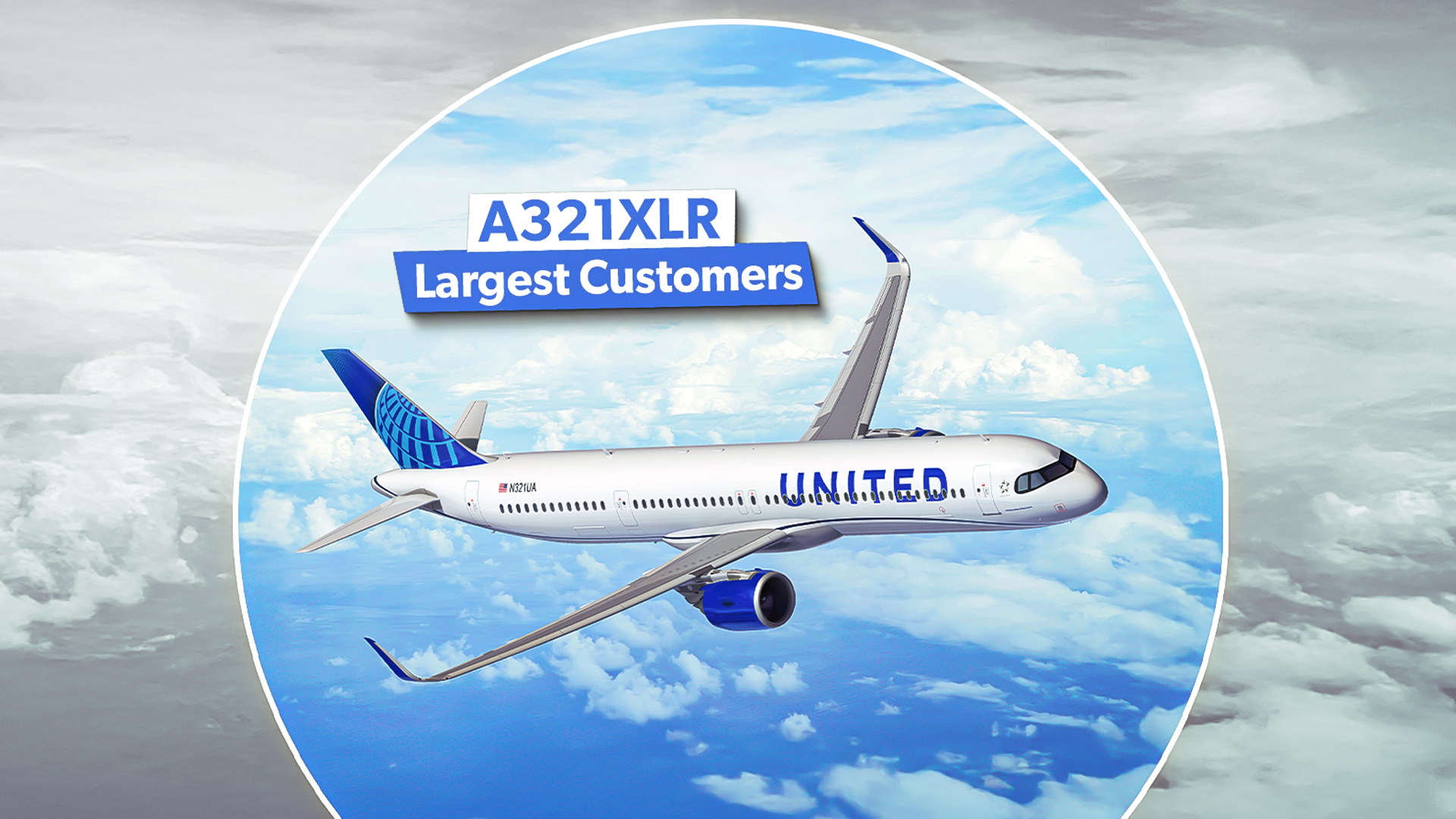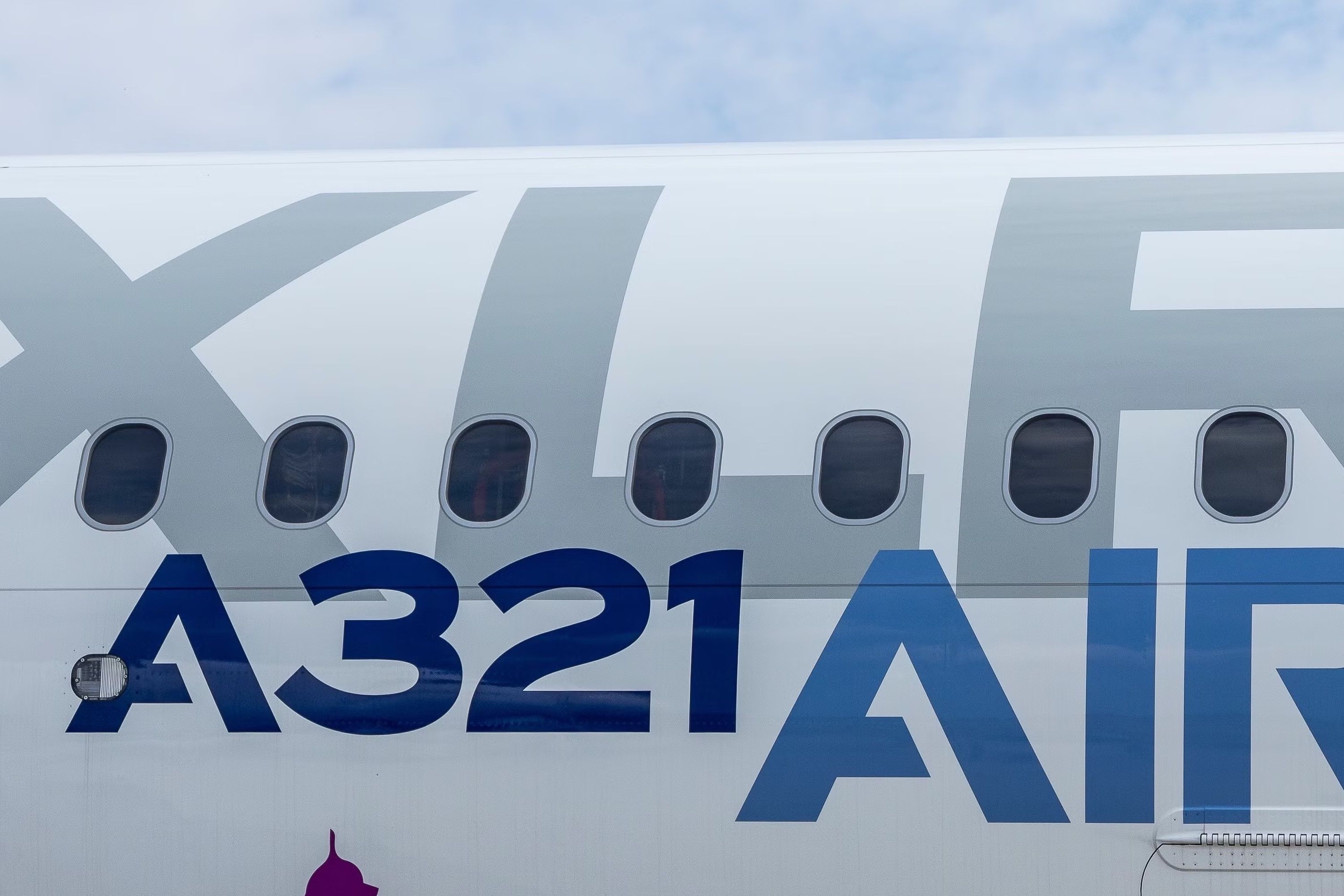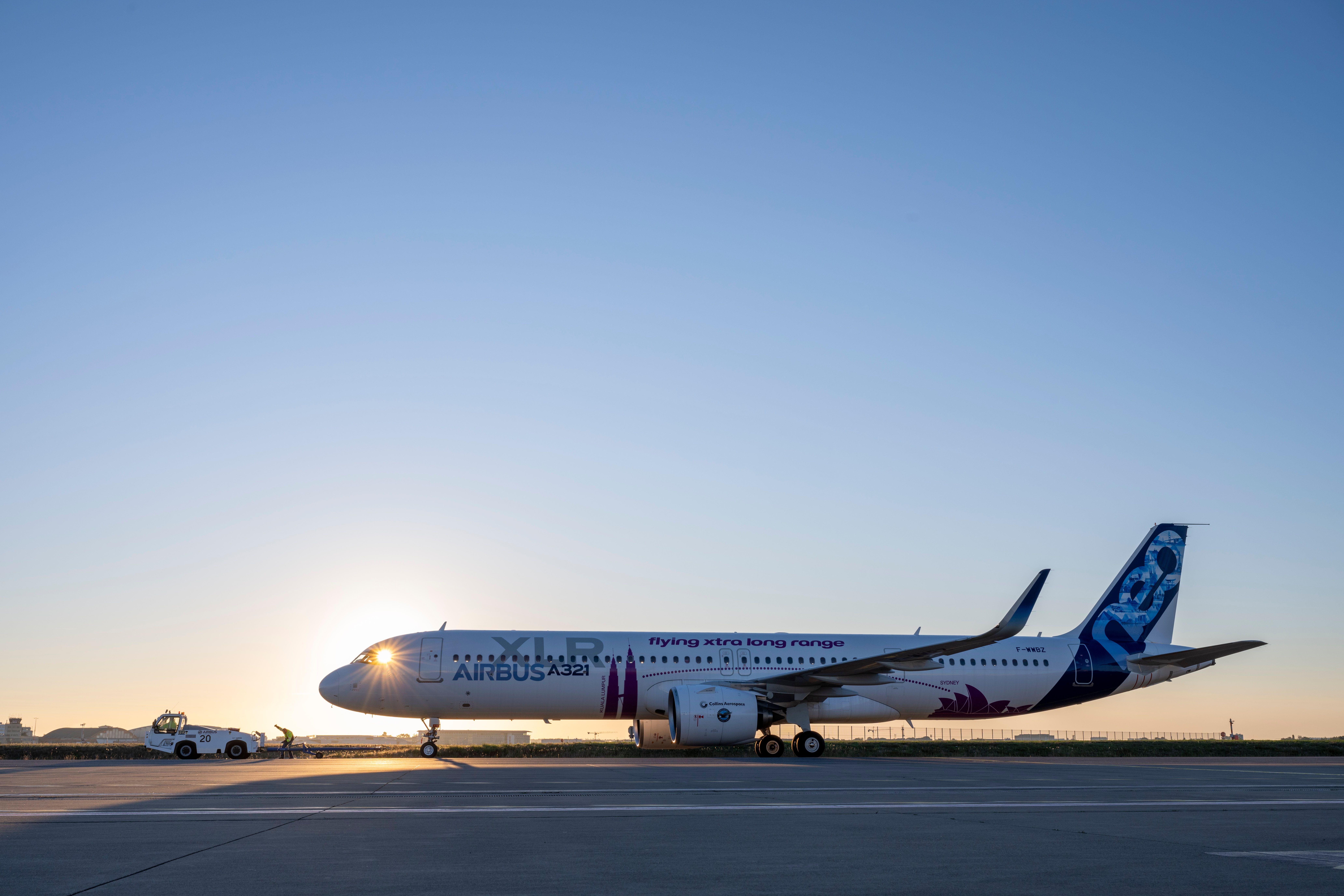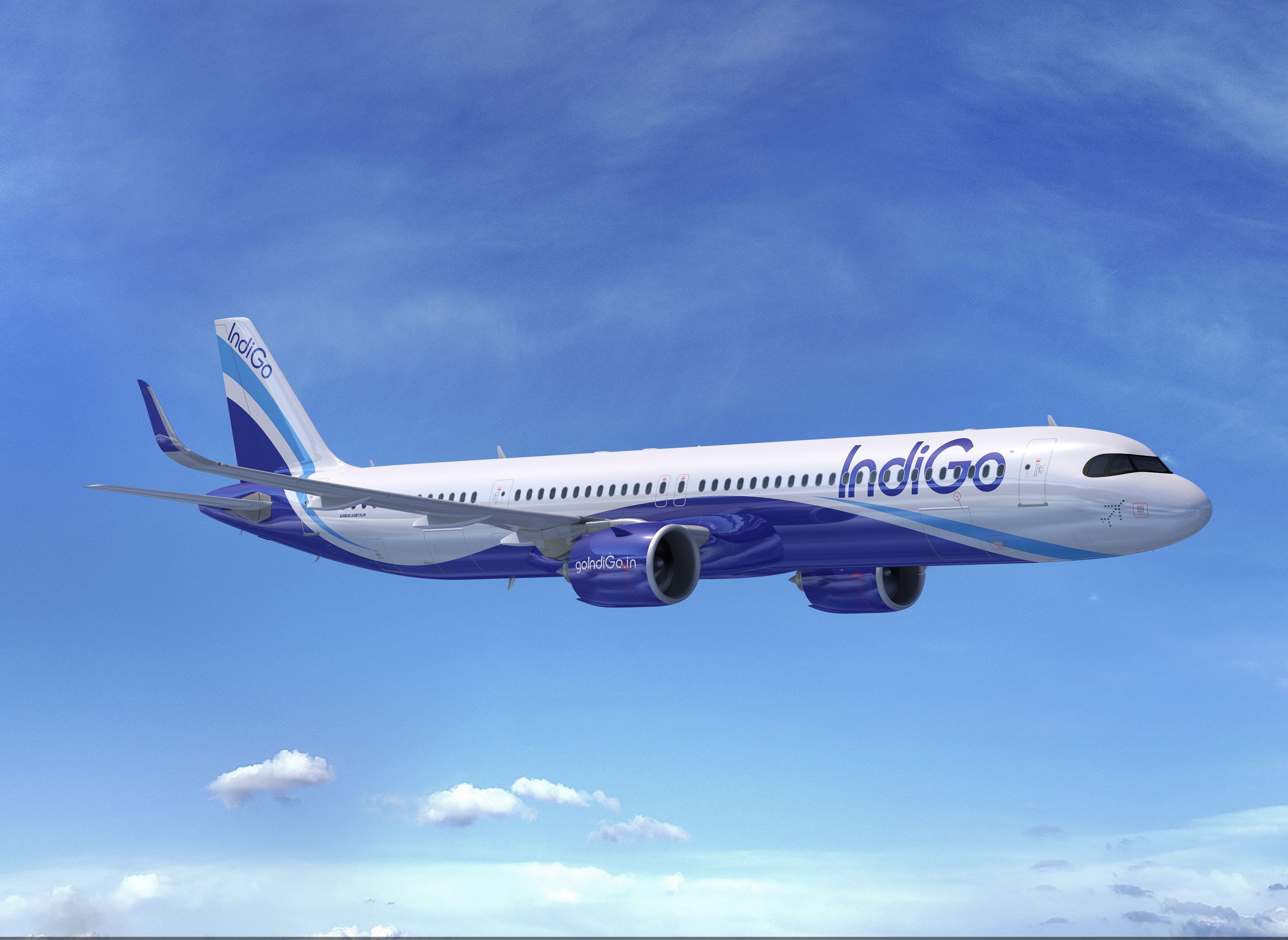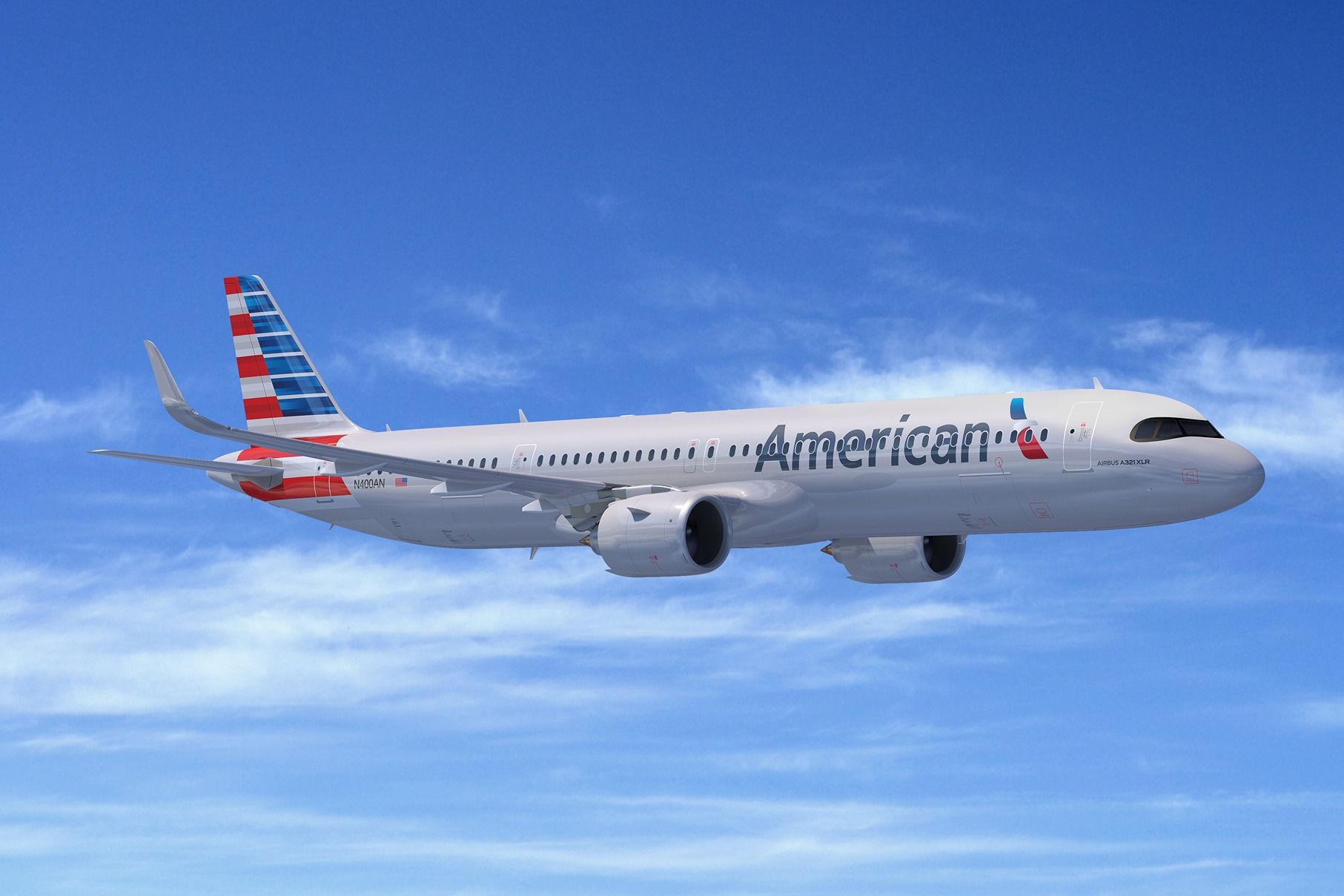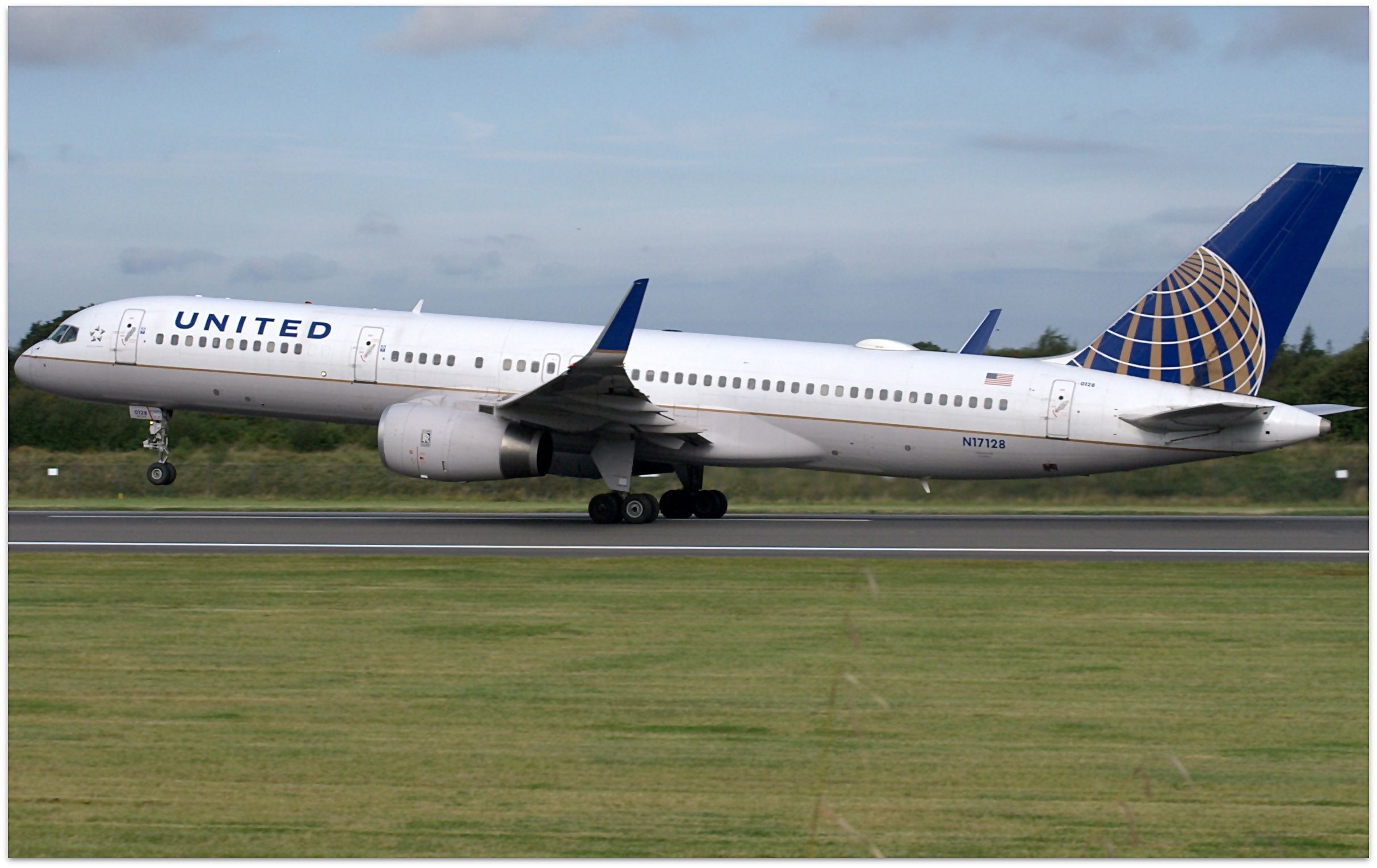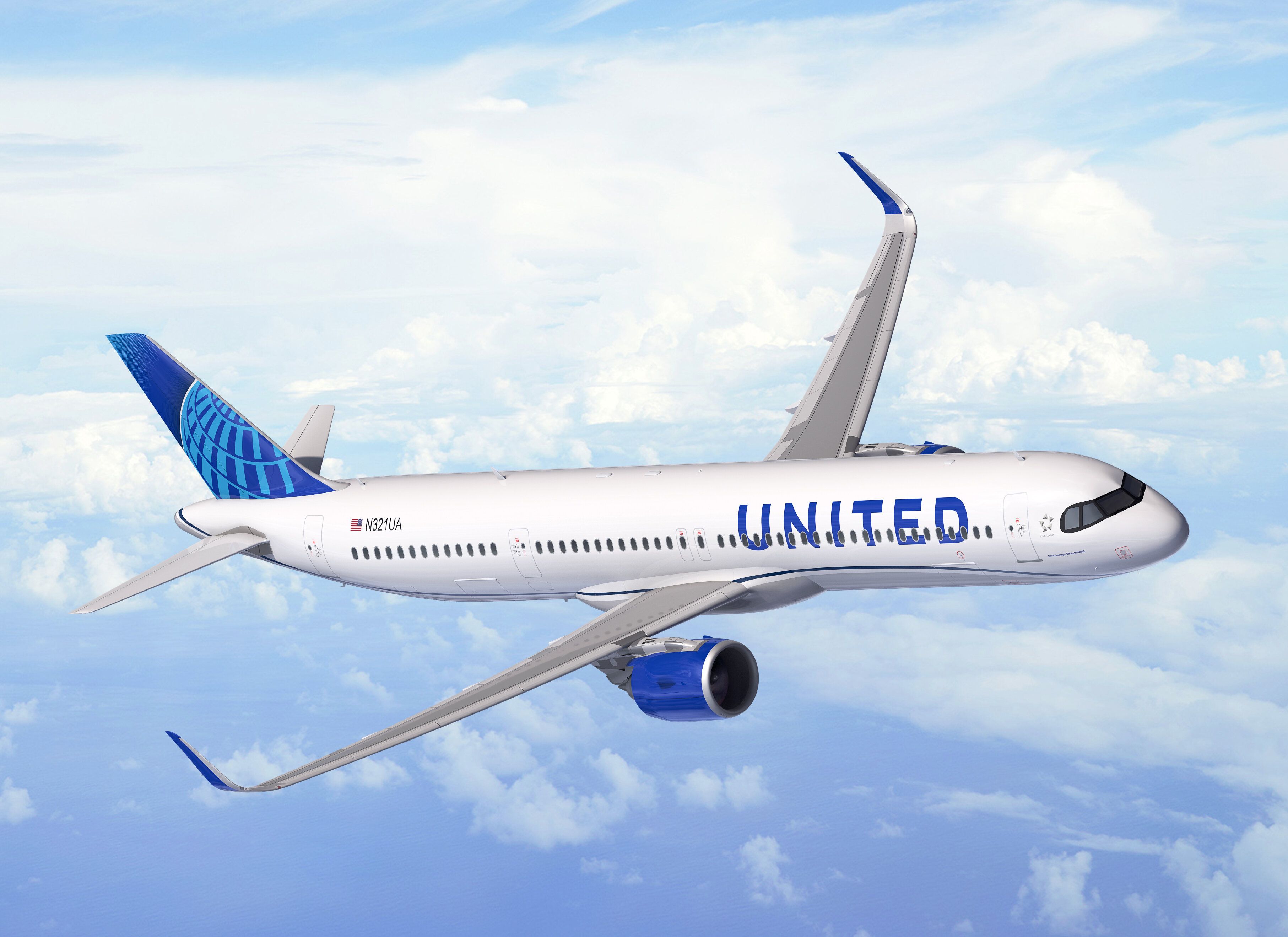The Airbus A321XLR (Extra Long Range) is a game-changer in the aviation industry, offering airlines the ability to operate long-haul flights with the efficiency of a narrow-body aircraft. Designed to provide the longest range in the A320neo family, the A321XLR has attracted significant orders from airlines worldwide, with three carriers leading the pack: IndiGo, American Airlines, and United Airlines.
These airlines have collectively ordered a total of 169 units, reflecting their confidence in the aircraft’s capabilities. IndiGo, India’s largest airline, has placed the highest order with 69 aircraft, while American Airlines and United Airlines have each committed to 50 units. This article explores the key features of the Airbus A321XLR, its advantages over existing aircraft, and how it fits into the operational strategies of these three major airlines.
The Airbus A321XLR: a revolutionary narrow-body aircraft
The Airbus A321XLR is the latest evolution in the A320neo family, designed to meet the growing demand for long-range, fuel-efficient narrow-body aircraft. One of its most striking features is its extended range, capable of flying up to 4,700 nautical miles (8,700 kilometers). This allows airlines to operate non-stop flights between destinations that traditionally required a wide-body aircraft. The extended range is made possible by an additional rear fuel tank, optimized aerodynamics, and improved fuel efficiency, making the A321XLR a cost-effective solution for long-haul travel.
Photo: Photofex_AUT | Shutterstock
Fuel efficiency is another major advantage of the A321XLR. According to CNN, the aircraft burns approximately 30% less fuel per seat compared to older-generation aircraft in the same category. This significant reduction in fuel consumption translates into lower operating costs for airlines and a smaller carbon footprint, aligning with the industry’s push toward sustainability. The aircraft is also equipped with the latest Pratt & Whitney PW1100G and CFM International LEAP-1A engines, both of which contribute to improved fuel efficiency and reduced emissions.
Passenger comfort is another area where the A321XLR excels. Airbus has incorporated its new Airspace cabin, which offers wider seats, enhanced lighting, and larger overhead bins, creating a more spacious and comfortable flying experience. The cabin also features quieter engines and improved air circulation, ensuring a smoother and more pleasant journey for travelers.
Photo: Airbus
With its extended range, operational efficiency, and enhanced passenger experience, the A321XLR provides airlines with a flexible and economical solution for expanding their networks. It allows carriers to enter new markets without the financial risks associated with operating larger aircraft, making it an attractive option for airlines seeking to optimize their fleets.
Key Specifications of the Airbus A321XLR
- Maximum Range: 4,700 nautical miles (8,700 kilometers)
- Seating Capacity: Up to 244 passengers in a high-density configuration
- Typical Two-Class Capacity: Around 180-200 passengers
- Engines: Pratt & Whitney PW1100G or CFM International LEAP-1A
- Fuel Efficiency: 30% lower fuel burn per seat compared to previous-generation aircraft
- Maximum Takeoff Weight (MTOW): 101 metric tonnes
- Cruise Speed: Mach 0.78 (828 km/h or 515 mph)
- Cabin Features: Airbus Airspace cabin with larger overhead bins, improved lighting, and enhanced comfort
- Landing and Takeoff Distance: Comparable to other A321neo variants, allowing operations at a wide range of airports
- Environmental Impact: Lower CO₂ emissions and reduced noise footprint compared to older aircraft
These specifications make the A321XLR a highly versatile aircraft, allowing airlines to expand their long-haul networks while maintaining the efficiency and cost benefits of a narrow-body jet.
IndiGo’s strategic investment in the A321XLR
IndiGo, India’s largest airline by fleet size and market share, has placed a massive order for 69 A321XLRs. According to The Hindu, this is part of a wider order for 300 A320neo family aircraft, signed back in 2019. This investment highlights the airline’s ambition to expand beyond its traditional domestic market and establish itself as a major player in international travel.
Photo: Airbus
IndiGo has built its reputation as a low-cost carrier, operating a vast network of domestic and regional flights. However, with increasing competition and growing demand for international travel, the airline is looking to extend its reach to new destinations. The A321XLR provides IndiGo with the perfect aircraft to achieve this goal. Its extended range allows the airline to launch non-stop flights to destinations in Europe, East Asia, and even Australia—routes that were previously out of reach with its existing fleet. This enables IndiGo to compete with full-service carriers while maintaining its cost-efficient business model.
Another key shift in IndiGo’s strategy is the introduction of a two-class configuration for its A321XLRs. While the airline has traditionally operated an all-economy layout, it plans to offer 12 business-class seats alongside 183 economy seats on these aircraft, per Live From A Lounge. This move caters to premium travelers, especially those flying on long-haul international routes, and marks a significant departure from IndiGo’s usual ultra-low-cost strategy.
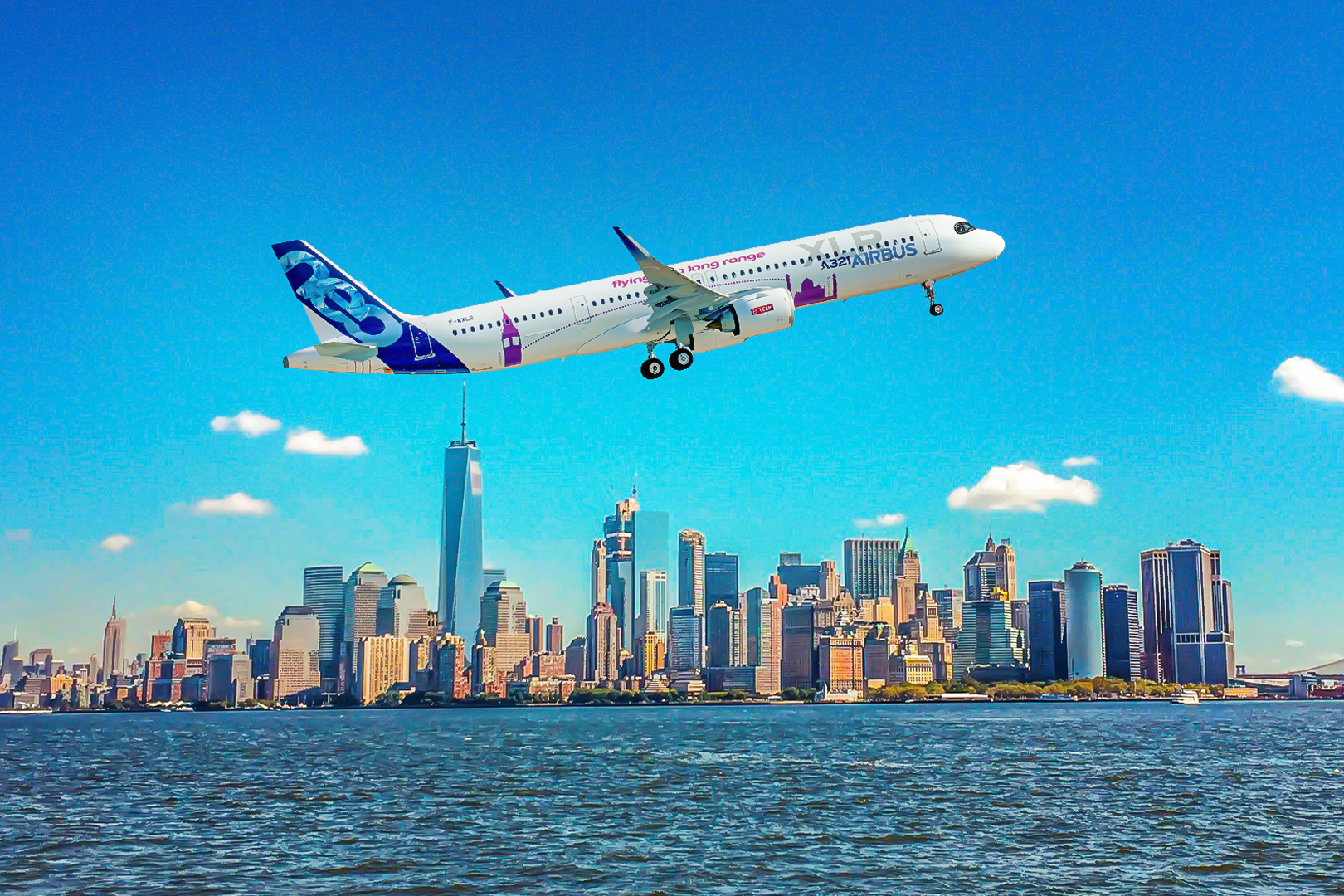
Related
Is The Airbus A321XLR The Future Of Transatlantic Flights?
Airbus’ A321XLR is redefining long-haul travel, linking secondary cities across the Atlantic with efficiency, comfort, and game-changing range.
By leveraging the A321XLR’s capabilities, IndiGo can tap into previously untapped markets, attract business and leisure travelers looking for direct connectivity, and strengthen its presence in the global aviation industry.
American Airlines and the A321XLR’s role in fleet modernization
American Airlines, one of the largest airlines in the world, has ordered 50 Airbus A321XLRs as part of its ongoing efforts to modernize its fleet and expand its long-haul network. The purchase agreement includes the conversion of 30 of American’s existing A321neo slots to A321XLRs and incremental orders for an additional 20 A321XLRs.
Photo: Airbus
The airline has a history of operating narrow-body aircraft on transcontinental and international routes, and the A321XLR fits perfectly into this strategy. One of the key advantages of the A321XLR for American Airlines is its ability to operate long-haul flights to secondary cities in Europe and South America. Previously, these routes were either unprofitable with larger wide-body aircraft or required connections, leading to less competitive travel times. With the A321XLR, American Airlines can now offer non-stop services to these destinations, enhancing connectivity and attracting passengers who prefer direct flights.
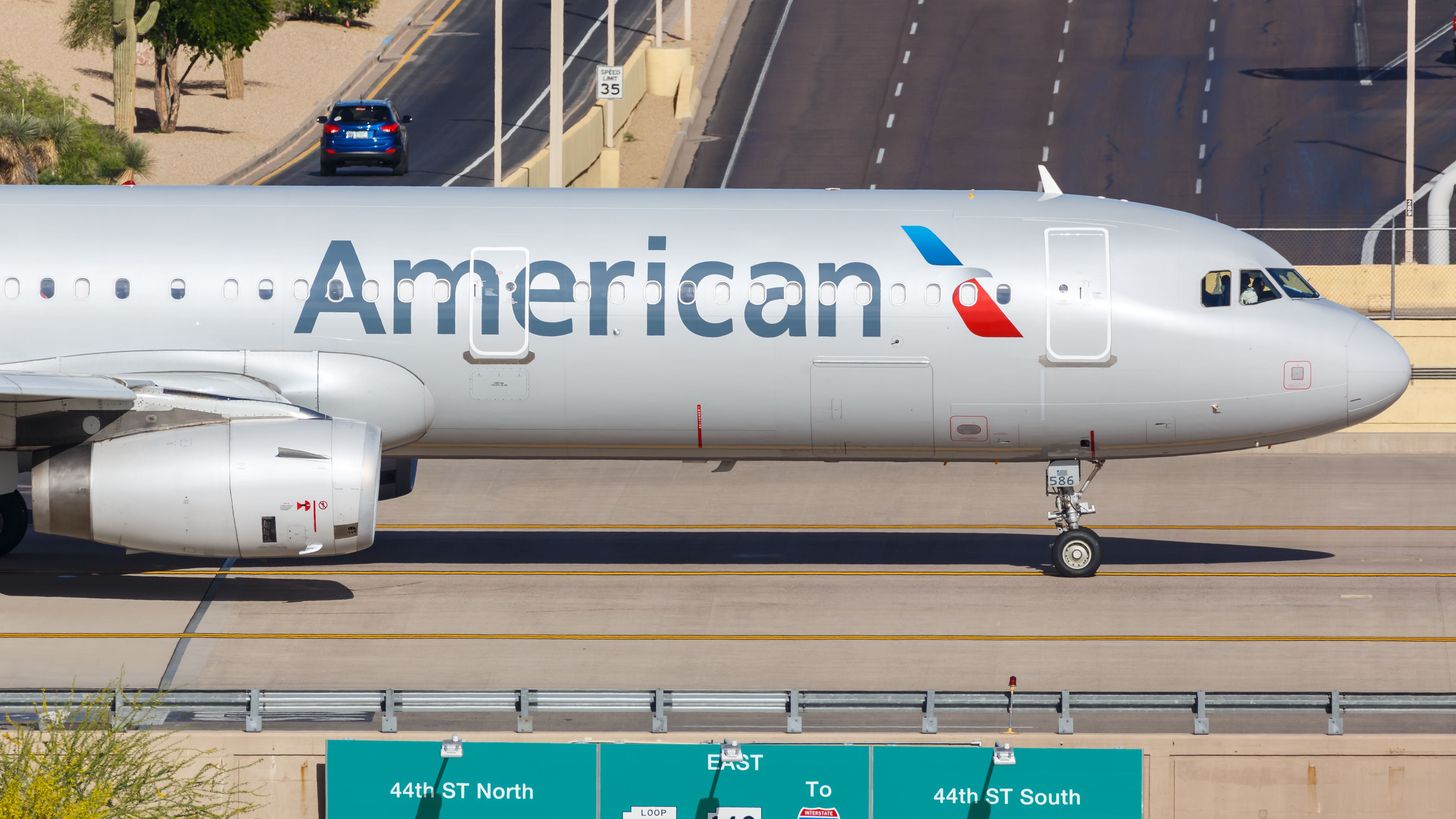
Related
How Will The Airbus A321XLR Impact American Airlines?
How will American Airlines choose to use its dynamic fleet of Airbus A321XLR jets, and how will they fundamentally change the carrier’s route network?
Another major benefit of the A321XLR for American Airlines is its role in fleet optimization. The airline can deploy the aircraft on routes with moderate demand, freeing up its wide-body jets for higher-capacity routes. This improves overall fleet utilization, reduces operational costs, and allows American Airlines to maximize its revenue potential. It’s worth noting that, according to Airbus, American Airlines is the largest Airbus operator in the world with 422 Airbus aircraft.
The passenger experience on American Airlines’ A321XLRs will also be a step up from previous narrow-body aircraft. With an upgraded Airspace cabin, travelers will enjoy more spacious seating, better in-flight entertainment, and improved overall comfort. The aircraft’s efficiency and passenger-friendly features align with American Airlines’ focus on providing a high-quality travel experience while maintaining cost-effective operations.
United Airlines’ transition to a more fuel-efficient fleet
In 2019, Airbus announced that United Airlines ordered 50 A321XLRs as a replacement for the Boeing 757s, marking a significant shift in the airline’s long-term fleet strategy. The airline intends to use these aircraft to replace its aging 757 fleet, which has been a cornerstone of its transatlantic and transcontinental operations for years. The Boeing 757, while popular for its range and capacity, is becoming increasingly expensive to operate and maintain. The A321XLR provides a modern alternative that offers similar range capabilities but with much better fuel efficiency and lower operating costs.
With the A321XLR, United Airlines can continue operating long-haul routes that were traditionally served by the 757, such as transatlantic flights between the US East Coast and Europe. The extended range also allows United to explore new destinations, connecting secondary cities that previously lacked direct international service.
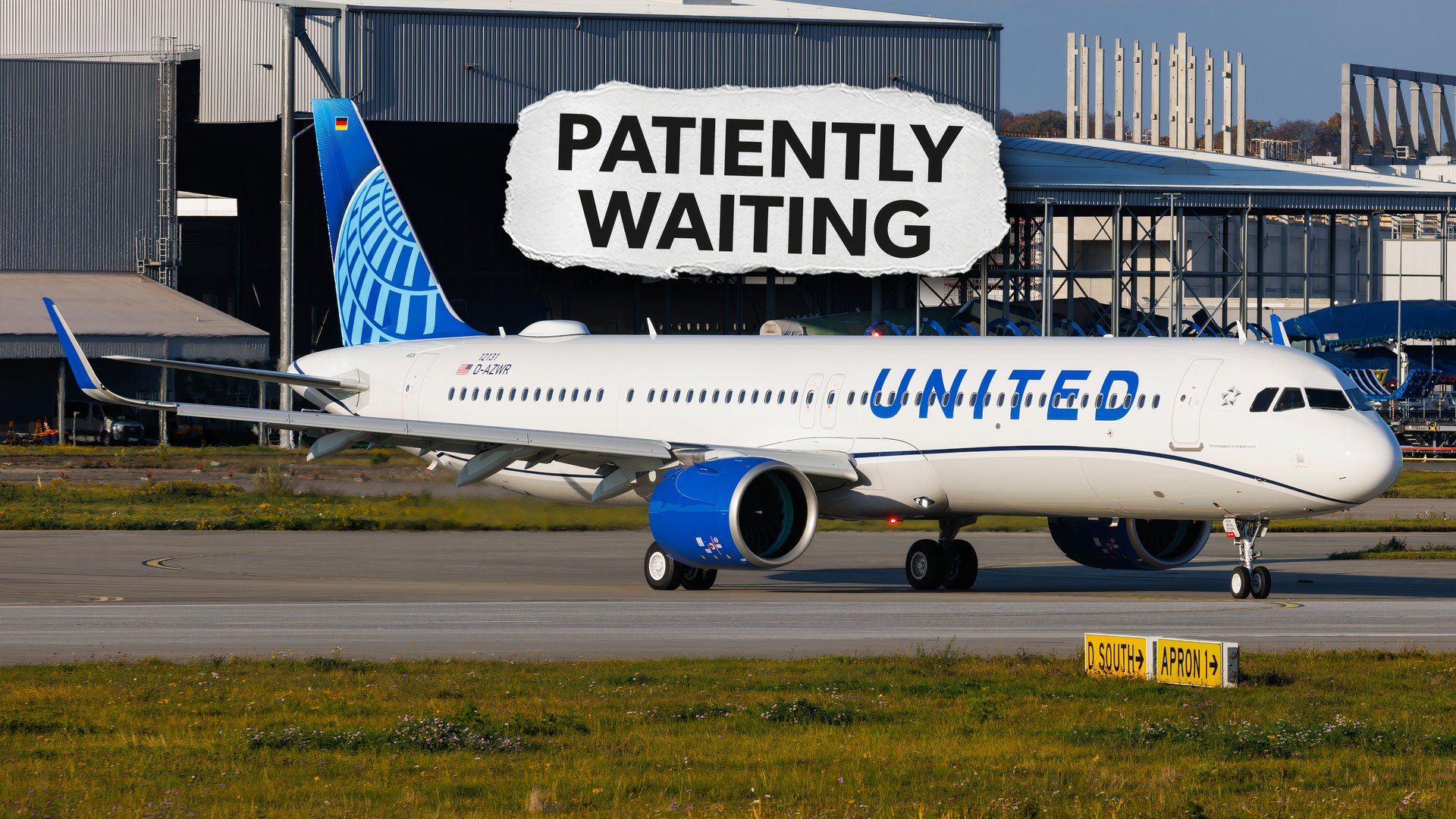
Related
What’s The Latest With United Airlines & The Airbus A321XLR?
When will the airline take delivery of the aircraft, and what will it do with them?
United plans to configure its A321XLRs with a premium-heavy layout, including lie-flat business class seats, which is a significant upgrade for passengers on these routes. The airline is positioning the aircraft as a premium product, catering to business travelers who prefer non-stop flights to layovers.
Photo: Airbus
Beyond passenger experience, the A321XLR will also contribute to United’s sustainability goals. The aircraft’s lower fuel consumption and reduced carbon emissions align with the airline’s commitment to more environmentally friendly operations. As United looks toward the future, the A321XLR plays a key role in its efforts to build a modern, efficient, and competitive fleet.
Final thoughts
The demand for the Airbus A321XLR reflects a broader industry trend toward fuel-efficient, long-range narrow-body aircraft that provide operational flexibility. As airlines seek to optimize their fleets and explore new markets, the A321XLR has positioned itself as a key solution for the future of air travel.
For IndiGo, American Airlines, and United Airlines, the A321XLR represents an opportunity to expand networks, enhance passenger experiences, and achieve greater cost efficiencies. As the aircraft enters service in the coming years, it will undoubtedly shape the next era of aviation, offering airlines new possibilities and passengers more convenient travel options.
